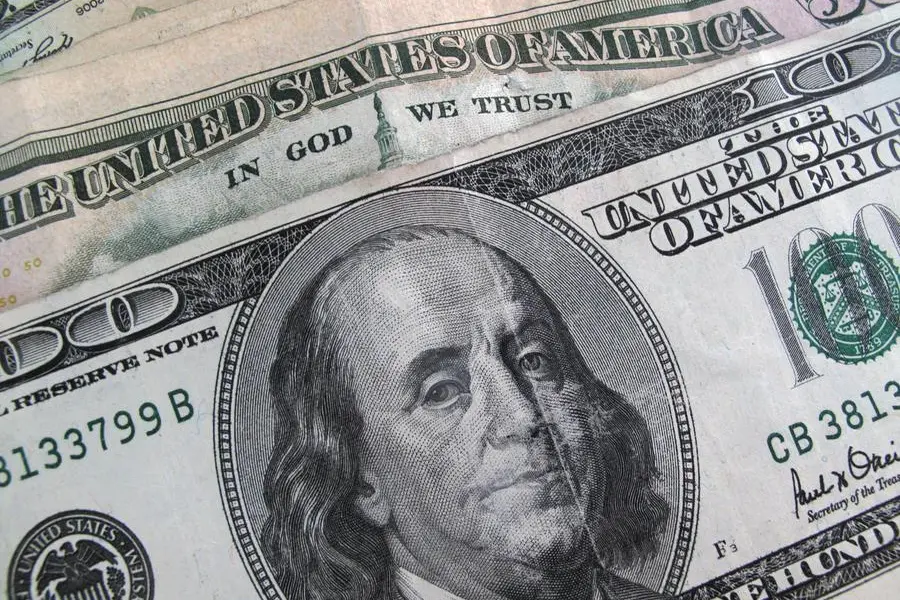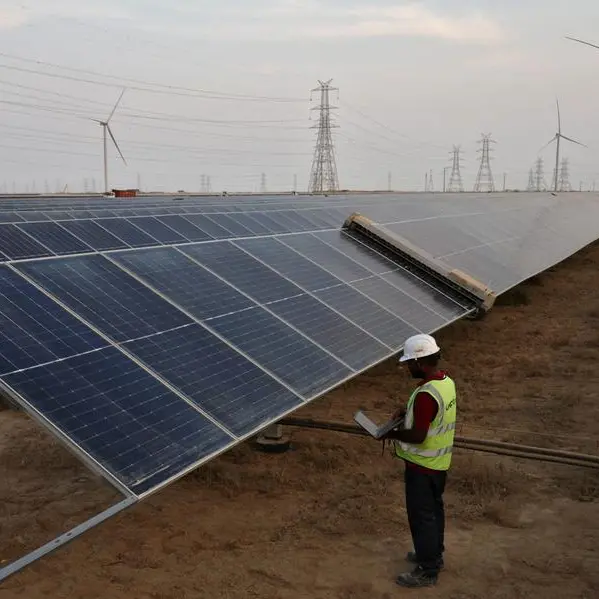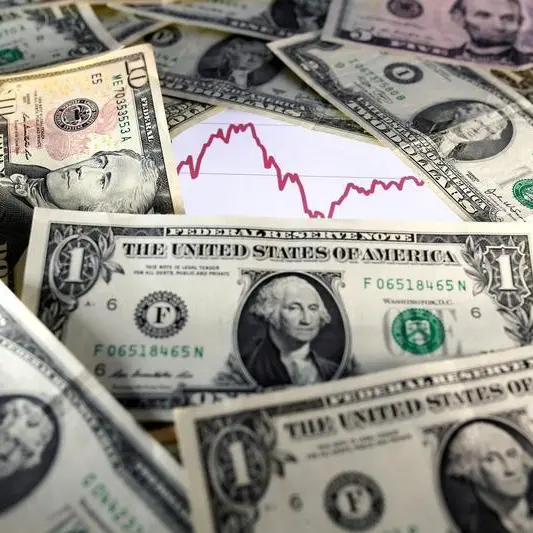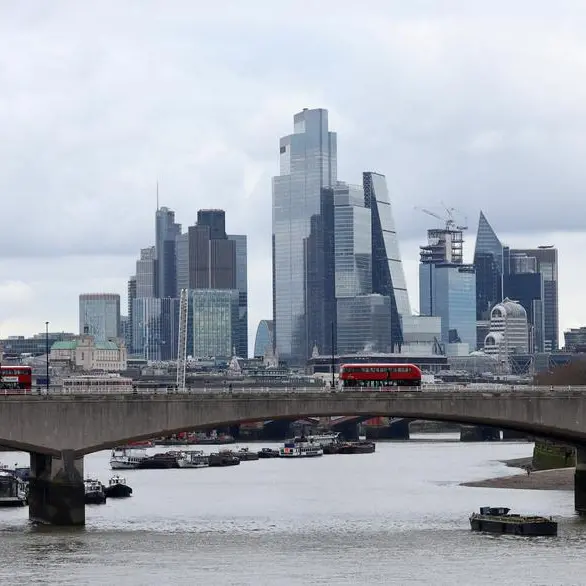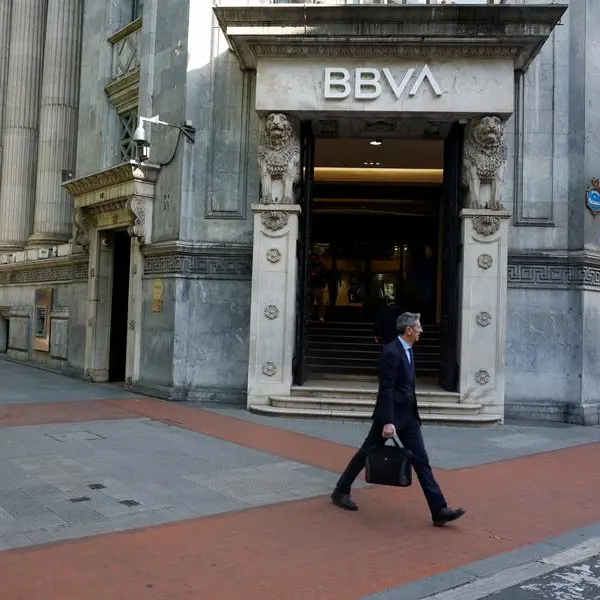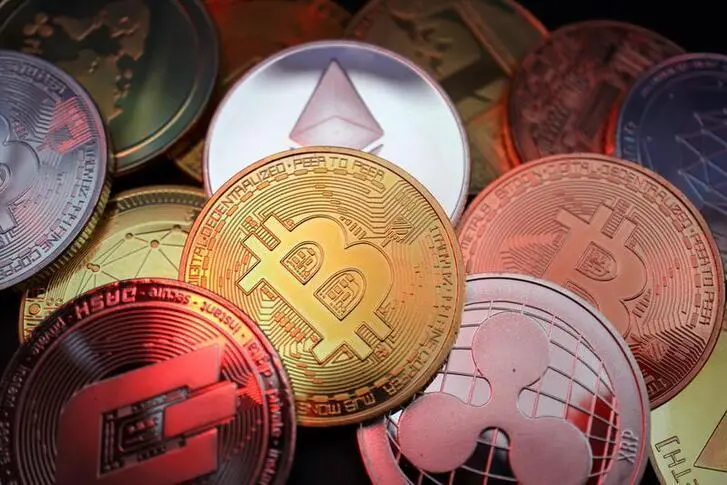PHOTO
LONDON - Logic suggests that U.S. companies will benefit when the Fed's interest rate-cutting cycle gets underway, because they will pay less to service their debt, but counterintuitively, they may not see much of a net benefit at all this time around.
When the Fed raised rates between March 2022 and July 2023, corporate America's net interest payments actually fell. That's because the majority of firms borrow at fixed rates on longer terms. As interest rates rose, these companies received more interest on the huge cash piles they amassed during the pandemic, compared to what they paid out on their loans, on average.
The degree to which most firms emerged unscathed from the most aggressive rate-hiking cycle in 40 years is remarkable. Net interest payments made by U.S. firms as a share of GDP halved during the most recent tightening cycle, according to a recent Staff Report on the U.S. Economy from the International Monetary Fund.
Analysts at Ned Davis Research estimate that since the Fed started raising rates in March 2022, companies' net interest payments have declined $118 billion while cash flow has increased by more than $450 billion. As a result, net interest payments as a percentage of cash flow have fallen to 3.8%, the lowest level since 1957.
Net interest payments have fallen in many sectors. Information technology was a major beneficiary, as one might expect when Big Tech companies are sitting on huge cash balances. But the sector that benefited most was manufacturing – and it wasn't even close.
The manufacturing sector, which profited disproportionately from pandemic-related fiscal stimulus, saw net interest payments fall by $15 billion, according to S&P Capital IQ.
In every other tightening cycle over the last 50 years, an increase in the federal funds rate was matched by a proportional rise in U.S. corporate net interest payments.
The recent divergence may explain why the broad tightening of financial conditions generated by higher interest rates had a much more limited impact on corporate investment and hiring than most experts anticipated. Unemployment has defied all expectations and remained anchored below 4% for two and a half years.
It may also help explain why the most widely forecast recession in history has yet to materialize.
The robustness of America Inc. was brought into sharp focus last Wednesday when U.S. corporate borrowing hit its highest level this year. Seventeen firms issued nearly $32 billion of debt in total, all of which was hoovered up by eager buyers.
This was only 48 hours after world markets were rocked by a brief but historic spike in U.S. equity volatility as investors dumped U.S. mega tech stocks and unwound yen carry trades. To successfully borrow so much amid such turmoil is impressive.
But this counterintuitive trend may not be so helpful when the Fed begins to cut. As the IMF notes, the negative correlation between the Fed's policy rate and firms' net interest costs has distorted the central bank's transmission mechanism. So when the Fed begins to ease policy, those cuts may not have as much of a stimulative impact as they would have in the past.
Additionally, those excess corporate cash piles that generated significant interest income as rates rose are unlikely to remain at these elevated levels. That's important given that corporate net interest costs would have been around one third higher during the recent rate-hiking cycle if firms' cash-to-asset ratio had remained at pre-pandemic averages, the IMF said.
So what happens when the Fed's easing cycle begins?
Analysts at JP Morgan estimate that companies' net interest expenses are likely to be "significantly higher" moving forward, especially if interest rates do not go back down to the ultra-low pre-pandemic levels. That's because firms will receive lower rates of return on dwindling cash balances at the same time that they're rolling over pre-pandemic debt at higher rates than they were paying in the near-zero interest rate era.
Joe Kalish, chief global strategist at Ned Davis Research, agrees, but says this is not necessarily bad news.
"Smaller firms are more exposed to floating rate debt so they should benefit more from falling interest rates. This should bring a better balance to the economy," he reckons.
Since the pandemic, economic rules of thumb have often become less helpful – whether we're looking at the inverted yield curve or the mix of stubbornly high inflation and 50-year low unemployment. The relationship between interest rate changes and companies' financial well-being may be another one to add to this list.
(The opinions expressed here are those of the author, a columnist for Reuters.)
(By Jamie McGeever; Editing by Toby Chopra)
